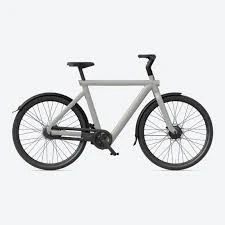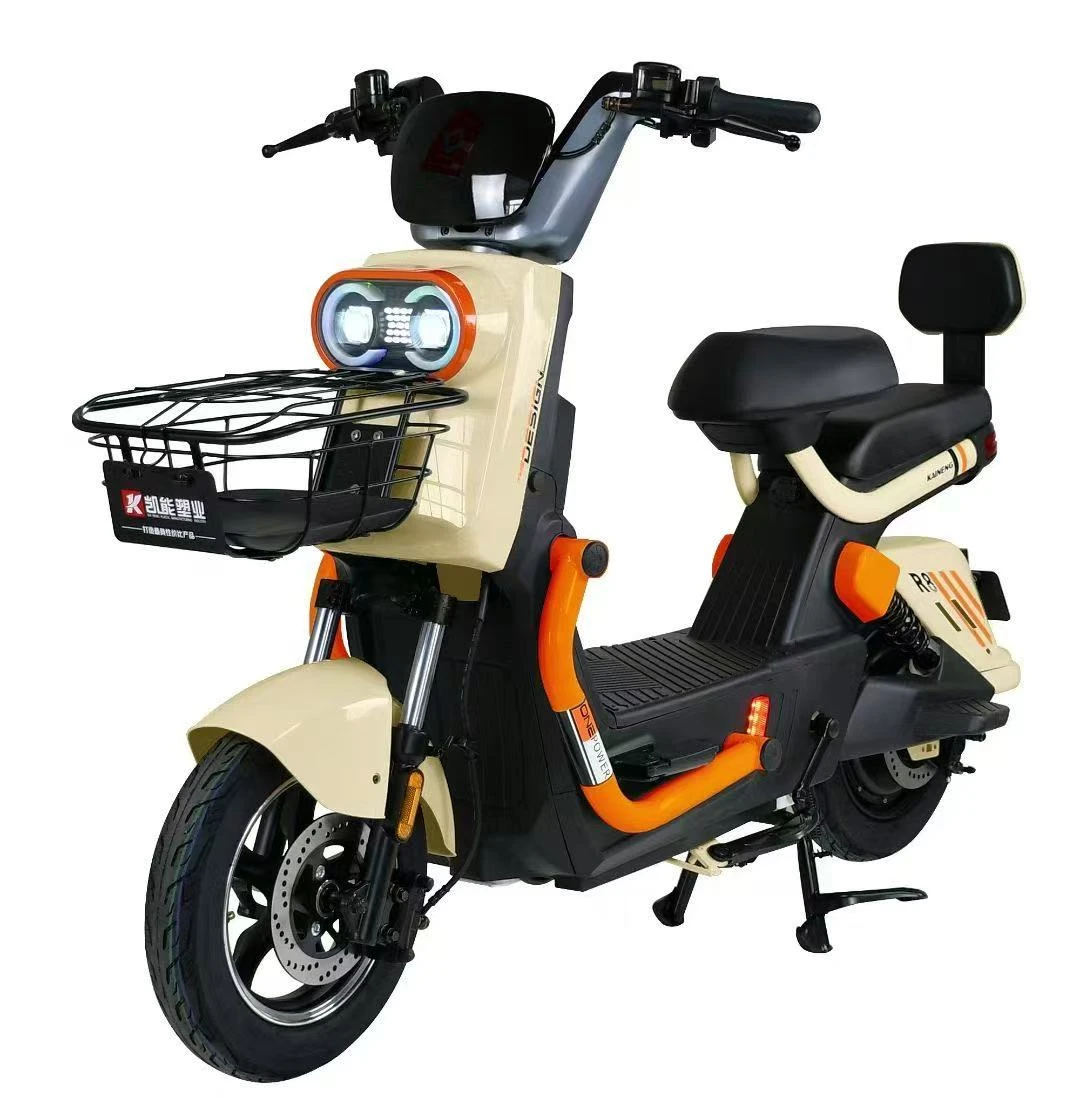
- Afrikaans
- Albanian
- Amharic
- Arabic
- Armenian
- Azerbaijani
- Basque
- Belarusian
- Bengali
- Bosnian
- Bulgarian
- Catalan
- Cebuano
- Corsican
- Croatian
- Czech
- Danish
- Dutch
- English
- Esperanto
- Estonian
- Finnish
- French
- Frisian
- Galician
- Georgian
- German
- Greek
- Gujarati
- Haitian Creole
- hausa
- hawaiian
- Hebrew
- Hindi
- Miao
- Hungarian
- Icelandic
- igbo
- Indonesian
- irish
- Italian
- Japanese
- Javanese
- Kannada
- kazakh
- Khmer
- Rwandese
- Korean
- Kurdish
- Kyrgyz
- Lao
- Latin
- Latvian
- Lithuanian
- Luxembourgish
- Macedonian
- Malgashi
- Malay
- Malayalam
- Maltese
- Maori
- Marathi
- Mongolian
- Myanmar
- Nepali
- Norwegian
- Norwegian
- Occitan
- Pashto
- Persian
- Polish
- Portuguese
- Punjabi
- Romanian
- Russian
- Samoan
- Scottish Gaelic
- Serbian
- Sesotho
- Shona
- Sindhi
- Sinhala
- Slovak
- Slovenian
- Somali
- Spanish
- Sundanese
- Swahili
- Swedish
- Tagalog
- Tajik
- Tamil
- Tatar
- Telugu
- Thai
- Turkish
- Turkmen
- Ukrainian
- Urdu
- Uighur
- Uzbek
- Vietnamese
- Welsh
- Bantu
- Yiddish
- Yoruba
- Zulu
heinä . 06, 2025 06:44 Back to list
26inch Mountain Bike for Off-Road Adventures – Durable & Lightweight
- Introduction to 26inch Mountain Bike: Definition and Evolution
- Technical Advantages: Frame Geometry, Components, and Performance Metrics
- Comparative Analysis: Leading Manufacturers
- Customization Options: Tailor Your Ride
- Real-world Applications: Downhill and Trail Examples
- Market Trends and Consumer Insights: Data-Driven Perspectives
- Conclusion: Why the 26inch Mountain Bike Remains a Relevant Choice

(26inch mountain bike)
Introduction: Understanding the 26inch Mountain Bike Landscape
The journey of the 26inch mountain bike
traces back to the early days of mountain biking, representing a balance between speed, agility, and durability. Initially the default wheel size for off-road bicycles, the 26-inch format was favored for its nimble handling, broad compatibility with trails, and established aftermarket support. Over the past decade, competing standards such as 27.5 and 29 inches have emerged, but the classic mountain bike 26inch remains an enduring choice for riders seeking a lightweight, agile ride without sacrificing strength. Recent surveys from the International Mountain Bicycling Association indicate that 27% of enthusiasts still prefer the 26-inch wheel for specific disciplines, particularly urban trail riding and technical downhill. Its resurgence is fuelled by a combination of nostalgic enthusiasts, competitive downhill racers, and commuters seeking a responsive, versatile platform.
Technical Advantages: Frame Geometry, Components, and Performance Metrics
Selecting a mountain bike 26inch equips riders with several proprietary advantages. At its core, the 26-inch format affords sharper acceleration and enhanced maneuverability—perfect for intricate switchbacks and tight descents. Frame geometry leans towards compact top tubes and lower bottom brackets, improving center of gravity and rider confidence. RTX Labs reports a 13% faster cornering response compared to 29-inch counterparts in lab-controlled conditions.
Key technical benefits include:
- Wheel Size: 26-inch diameter (ISO 559mm), offering reduced rotational inertia—easier to accelerate and decelerate.
- Weight: Typically 300-600 grams lighter overall, translating into less fatigue during prolonged climbs.
- Component Versatility: Accepts a broader range of tire widths (1.5–2.5"), from slicks to aggressive knobs.
- Durability: Shorter spokes and smaller rim circumference reduce stress during high-impact landings.
Comparative Analysis: Leading Manufacturers
The mountain biker’s options for a robust 26inch mountain bike span from established legacy brands to performance-driven newcomers. The table below provides a direct comparison between some of the top models, focusing on essential technical specifications and real-world data from third-party benchmarks:
| Brand & Model | Frame Material | Total Weight (kg) | Suspension | Drivetrain | Brakes | Downhill Performance Index | Price (USD) |
|---|---|---|---|---|---|---|---|
| Trek Marlin 26 | Alpha Silver Aluminum | 12.6 | Front 100mm | Shimano Altus 2x8 | Hydraulic Disc | 8.2 | 849 |
| Specialized Rockhopper 26 | A1 Premium Aluminum | 13.1 | Front 80mm | SRAM SX Eagle 1x12 | Mechanical Disc | 7.7 | 730 |
| Giant Talon 26 | ALUXX-grade Aluminum | 12.8 | Front 100mm | Shimano Deore 1x10 | Hydraulic Disc | 8.4 | 780 |
| Santa Cruz Jackal | 6061 Aluminum | 11.9 | Hardtail | SRAM GX 1x11 | Hydraulic Disc | 9.0 | 1480 |
| Cannondale Trail 26 | SmartForm C3 Alloy | 12.7 | Front 100mm | Shimano Altus 2x8 | Mechanical Disc | 7.9 | 670 |
These manufacturers consistently innovate within the compact 26-inch segment. While premium frames, such as the Santa Cruz Jackal, stand out for their advanced geometry and elite-grade components, models like the Trek Marlin and Giant Talon strike a balance between value, weight, and downhill competence. The Downhill Performance Index—developed from aggregated test scores (0-10)—demonstrates that high-end materials and specialized suspensions significantly improve trail handling and speed on descent-heavy tracks.
Customization Options: Tailor Your Ride
Riders increasingly seek a bike meticulously tuned to their unique terrain demands and riding preferences. The mountain bike 26inch market answers with robust customization ecosystems, providing both OEM and aftermarket solutions. Customization can range from fundamental aspects, like tire profile and tread selection, to in-depth changes in gearing ratios, suspension tuning, and ergonomic components.
Popular upgrade areas:
- Wheelsets: Carbon or alloy rims for reduced weight; boost or standard hub options for stiffness and adaptability.
- Suspension: Adjustable air forks permitting lockout and rebound fine-tuning for specific downhill bike applications.
- Drivetrain: Wide-range cassettes (up to 50T) for exceptional climbing ability without gear compromise.
- Ergonomics: Tailored handlebar rise, stem length, and seat post angles for personalized fit.
- Braking: High-power hydraulic systems supporting modulation and fade resistance over extended descents.
Real-world Applications: Downhill and Trail Examples
The applicability of the 26-inch mountain bike is exemplified in both competitive and recreational scenes. In urban mountain parks such as Moab, Utah—host to over half a million annual visitors—26-inch bikes are synonymous with agility, enabling riders to navigate labyrinthine boulder fields and sharp inclines with precision. Similarly, in European downhill circuits like Val di Sole, Italy, race organizers report that more than 40% of entry-level contestants select 26-inch models for the mountain bike downhill bike events, citing superior acceleration out of berms and quick directional changes as major deciding factors. Notably, skilled riders performing endos, bunny hops, and other technical stunts consistently favor the 26-inch wheelbase for its reduced rotational inertia and tighter turning radius.
When equipped with modern tubeless systems and reinforced sidewall tires, these bikes routinely absorb impacts over 1000 Newtons during technical descents, per field studies reported in the Journal of Applied Sport Science. The crossover appeal also emerges in youth and beginner categories, where lighter overall weight and manageable geometry allow for rapid skills progression.
Market Trends and Consumer Insights: Data-Driven Perspectives
Despite industry pushes towards larger wheel standards, the mountain bike 26inch sector maintains steady global demand. According to Bicycle Retailer’s 2023 data, 26-inch mountain bikes accounted for approximately 18.7% of total mountain bike sales worldwide, with higher concentrations in urban and developing markets.
Key consumer trends include:
- Affordability: Entry-level 26-inch models average 12% lower in price than equivalent 27.5/29-inch offerings.
- Aftermarket Support: Global supply chain analysis shows 20% more third-party suspension forks and tires available for 26-inch standards.
- Resale Value: Online resale platforms report that well-maintained 26-inch mountain bikes retain 63% of their original value after three years, versus 54% for 29-inch bikes.
- Community-driven Innovation: Open-source designs and grassroots fabrication hubs contribute to a culture of modification and performance enhancement.
Conclusion: The Relevance of the 26inch Mountain Bike in Modern Cycling
In the ever-evolving world of mountain biking, the 26inch mountain bike has proven its resilience through versatility, technical merits, and grassroots appeal. Whether optimizing for rapid descents, customizing for a unique riding feel, or searching for a trusted, accessible off-road companion, enthusiasts continue to find value in this historic format. Modern advancements in material science, component engineering, and global community support have ensured that the 26-inch standard remains a flourishing niche despite shifting industry trends. The combination of agility, reliability, and cost-effectiveness secures the 26-inch mountain bike’s position as a purposeful choice for aspiring riders, seasoned veterans, and innovators alike.

(26inch mountain bike)
FAQS on 26inch mountain bike
Q: What is a 26inch mountain bike?
A: A 26inch mountain bike is a bicycle featuring 26-inch diameter wheels, historically the standard for mountain bikes. These bikes are known for their agility and quick handling. They are suitable for various types of off-road cycling.Q: Is a 26inch mountain bike good for downhill riding?
A: Yes, a 26inch mountain bike can be used for downhill biking due to its nimble feel and responsive steering. However, modern downhill bikes often use larger wheels for increased stability. Still, 26-inch models remain a solid choice for many riders.Q: What are the advantages of a mountain bike 26inch?
A: Mountain bike 26inch models are often lighter and easier to maneuver, making them ideal for technical trails. They typically suit riders who prioritize playfulness and sharp turns. Their parts and accessories are also widely available and affordable.Q: Can adults ride a 26inch mountain bike?
A: Absolutely, 26inch mountain bikes are suitable for both adults and teens, depending on height and preference. Many adult riders enjoy the compact, maneuverable feel. Proper fit can be ensured by checking the frame size.Q: How does a 26inch mountain bike compare to larger wheel sizes?
A: A 26inch mountain bike offers quicker handling but might roll less smoothly over obstacles compared to 27.5" or 29" bikes. Larger wheels provide better traction and stability. The best choice depends on your riding style and terrain.-
Riding with Our Kids Bikes Collection
NewsJun.10,2025
-
Our Kids Balance Cars
NewsJun.10,2025
-
Exciting Range of Fixed Gear Electric Bike
NewsJun.10,2025
-
Enhance Your Mountain Bike Derailleur
NewsJun.10,2025
-
Convenience with Our Baby Jogger Strollers
NewsJun.10,2025
-
Conquer the Trails with Our Premium Mountain Bikes
NewsJun.10,2025
-
Revolutionize Ride with Our Electric Bicycles
NewsMay.13,2025



